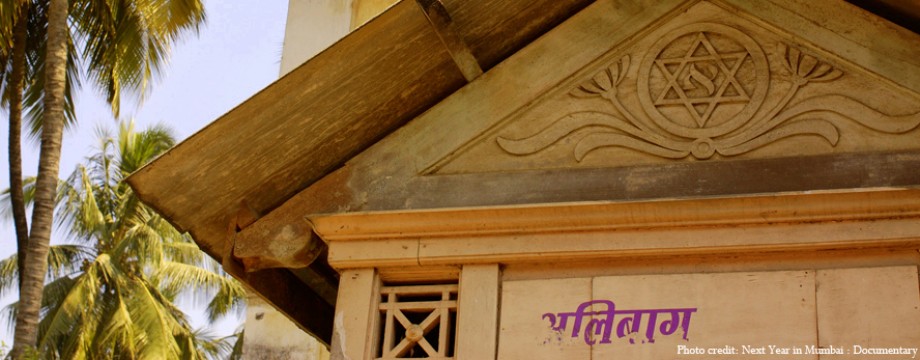
Siona Benjamin lives in a world that is both transnational and transcultural. She was raised as a Jew in Mumbai (Bombay), India, in a region dominated by Hinduism and Islam, each with its creative sensitivities and disputes, and went to Catholic and Zoroastrian schools. Of course, she was a girl in a culture that was still figuring out how to treat women properly. She moved to the American Midwest before eventually settling in New Jersey, two very different places in America with its own set of unanswered issues about religion, ethnicity, gender, and race.
Her art is shaped and sourced from a variety of sources. It reflects the Persian miniature tradition that fed into Mughal art as well as the larger contours of Islamic art, and it falls into—and tumbles out of—the tradition of Indian and Pakistani miniature painting art, particularly that sponsored by the Mughals (1526-1857), but also reflecting the Persian miniature tradition that fed into Mughal art as well as the larger contours of Islamic art. She considers how Jewish art should be defined: by subject, style, or symbolism. through the artist’s work or the artist’s persona? She examines feminist issues of recognition and blindness in male-dominated civilizations, as well as Western-hegemonic feminist groups within those societies.
